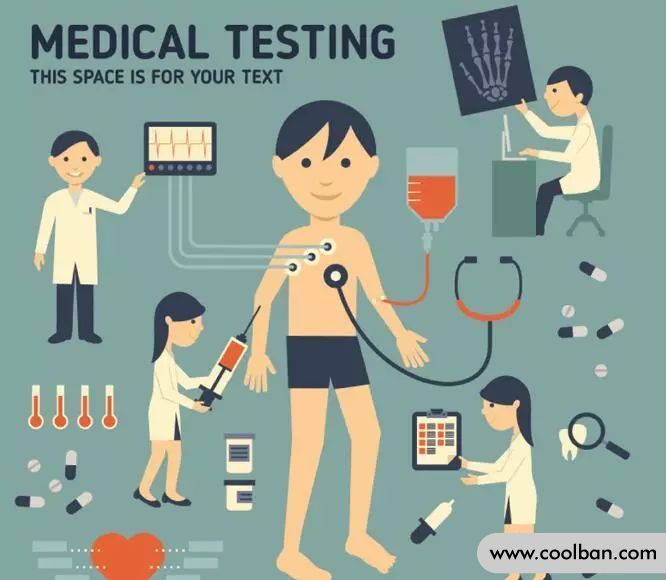Is azoospermia still fertile?
Azoospermia is the absence of sperm when no sperm is found during routine semen tests. It must be difficult to have a child in such a situation.
Azoospermia is more common in andrology clinics of reproductive centers. Studies have shown that azoospermia accounts for approximately 10%-15%. Simply put, one in ten infertile men may be azoospermic.
The diagnosis and treatment of azoospermia is a little troublesome and requires several trips to the hospital. Finding the cause and treating it accordingly can still lead to conception.

Multiple examinations can only be confirmed
Generally, it is necessary to go through at least three semen examinations and centrifuge the semen and then check that no sperm can be found in the semen each time to judge that it is azoospermia.
The doctor will also look at whether there are special conditions such as "retrograde ejaculation" and "no semen". If not, it can be determined that it is azoospermia.

Find the reason after diagnosis
After confirming that it is azoospermia, you need to do some tests to see why there is no sperm in the semen. The main tests are:
1. Physique
The reproductive andrologist will first perform a physical examination on the patient and focus on examining the reproductive system such as the testis, epididymis, and vas deferens.
2. Semen plasma biochemistry
Mainly by analyzing the components in the semen to preliminarily judge whether the pipeline for transporting semen is unobstructed.
3. Sex hormones and chromosomes
These tests need to draw blood mainly to see if the level of sex hormones and chromosomes are normal.
4. Ultrasonic B
When necessary, B-ultrasound of the reproductive system, especially transrectal B-ultrasound, can be used to understand the situation of the prostate and seminal vesicles, ejaculatory ducts that transport semen and other parts.
5. Testicular biopsy
If no obvious abnormality is found in the necessary examinations, patients who are initially considered to be "obstructive azoospermia" can undergo testicular biopsy to check the related conditions of testicular sperm production.

If you find sperm, there is hope to have children
To find sperm, it is necessary to rely on "testicular biopsy".
Testicular biopsy is a small operation under local anesthesia to remove a little testicular tissue for pathology. A testicular biopsy can identify some causes of azoospermia, such as a problem with sperm production or a blockage in the ducts that transport the sperm. On the day of the biopsy, you can find out if there are mature sperm in the testicular tissue.
A testicular biopsy is not only a test but also part of treatment. A better result for patients is that "more mature sperm can be seen on testicular biopsy", indicating that there are sperm that can allow the woman to conceive. In this case, the woman should go to the reproductive center for examination as soon as possible. If the conditions are met, the sperm will be used for IVF pregnancy.

There are other ways to find sperm
In azoospermia patients, the testicular biopsy confirmed that there is no mature sperm in the testis. If the sperm-producing structure exists, if the patient agrees, sperm-promoting drug treatment can be tried. Generally 6 A small number of people can produce a small amount of sperm after a month or so to carry out IVF to conceive a child.
Another way is to go to a qualified hospital for "testicular incision and microscopic sperm extraction", that is, to look for a very small amount of sperm in the testicular tissue under the microscope, and then perform IVF assisted pregnancy.
If there is still no mature sperm after repeated examinations, it is recommended not to continue treatment, but to apply for artificial insemination or IVF at the local regular sperm bank.

